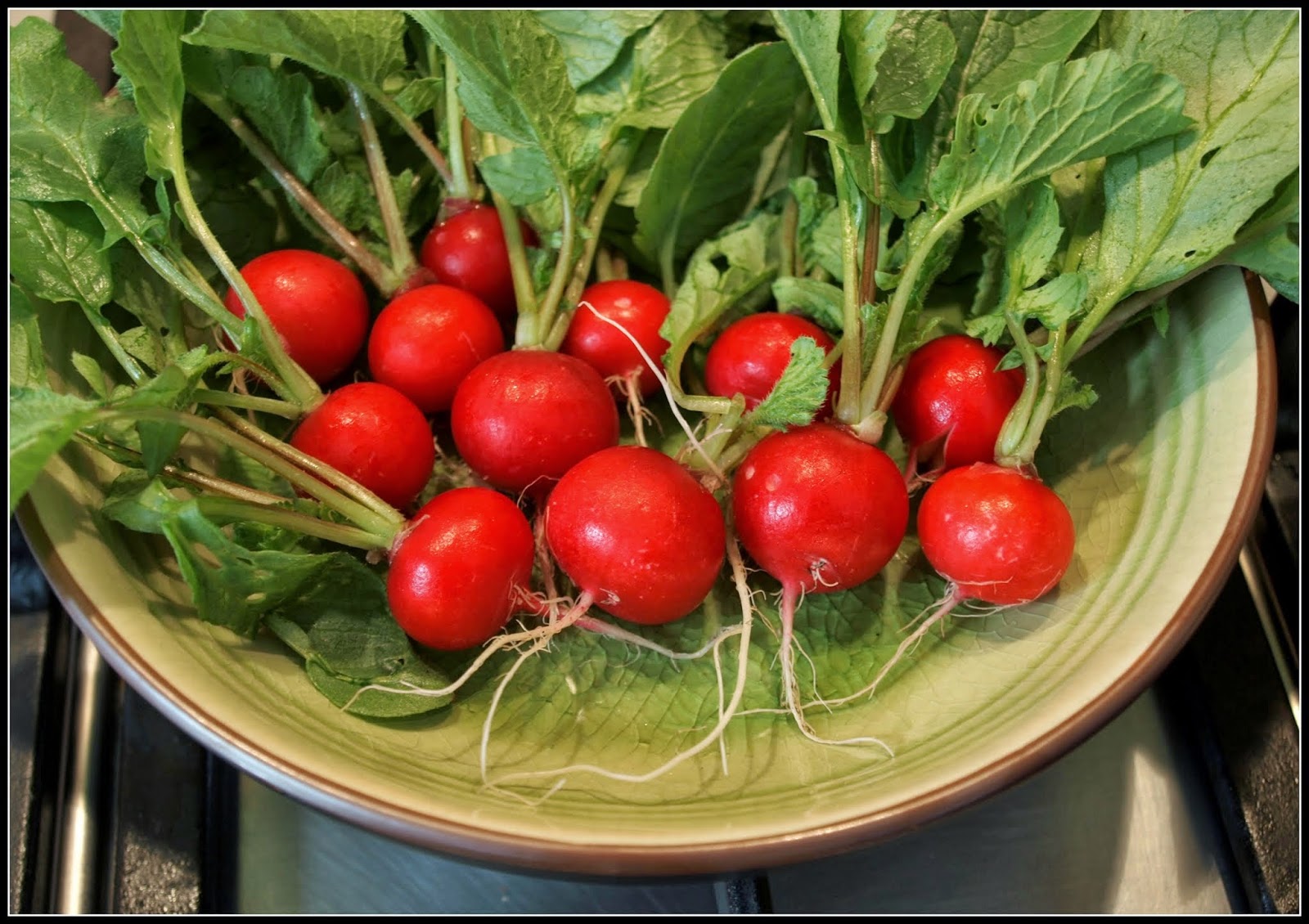Look how lush the herbs are now:-
In the photo above are Lemon Balm, Marjoram, Oregano, Winter Savory, Good King Henry and Comfrey. The little Comfrey plants I relocated about three weeks ago have just shot up:
Here we can see Mint, Greek Oregano and Chives (amongst the Sweet Peas and Aquilegia).
This patch of Oregano looks very attractive to me - anyone fancy making something Italian-style??
The Broad Beans ("Stereo") look very healthy too - though still small, although that is normal because this is a small variety:
The plants have huge numbers of flowers on them already. This variety apparently produces lots of small pods, generally with 4 or 5 beans in each. The pods themselves are alleged to be tender enough to eat whole, in the style of mangetout peas.
The one plant conspicuous by its near absence from my garden is the Carrot. The second sowing that I made has not germinated yet. I hope it really is a case of "yet". I'll be really disappointed if I don't get at least a reasonable crop, after all the trouble I have gone to with my big Woodblocx raised bed.
At least the Beetroot seeds have germinated now...
That photo above demonstrates clearly how Beetroot seeds need thinning. What we think of as a single seed is actually a cluster of several, and if they all germinate you need to remove all but the strongest one in each cluster. Having said that of course, you could leave them all as they are and hope to end up with a bunch of little roots rather than one big one. I prefer to thin them.





















































